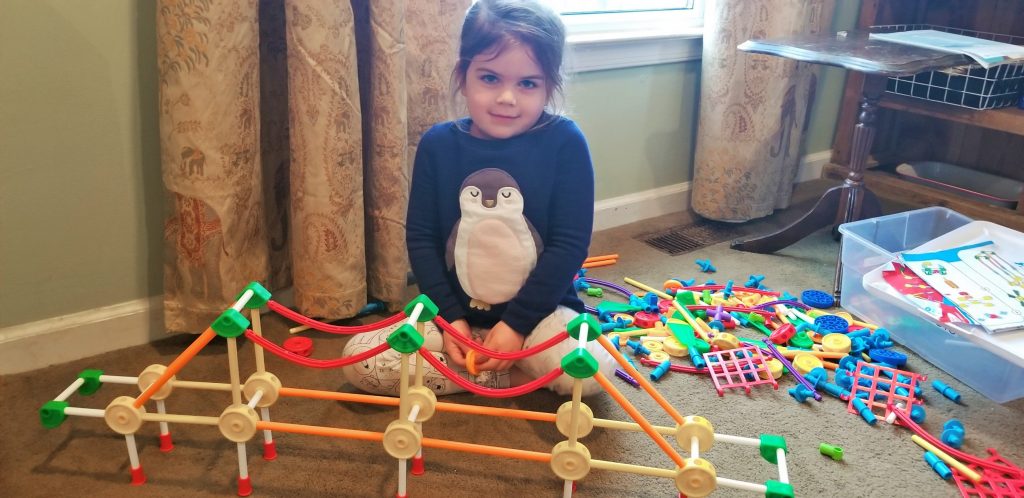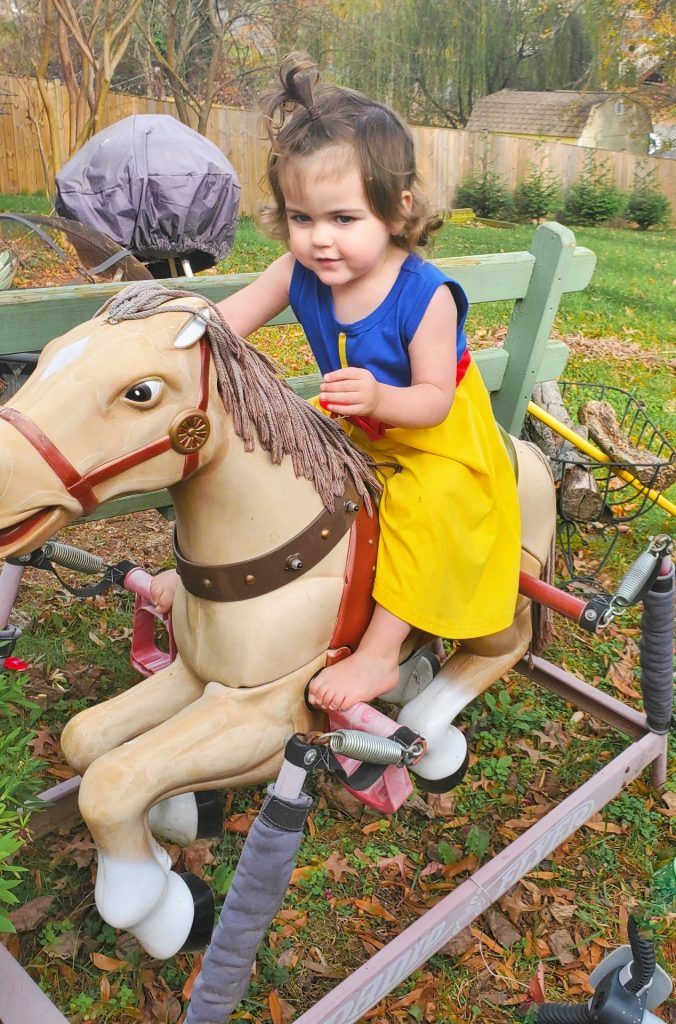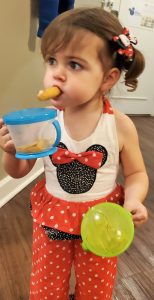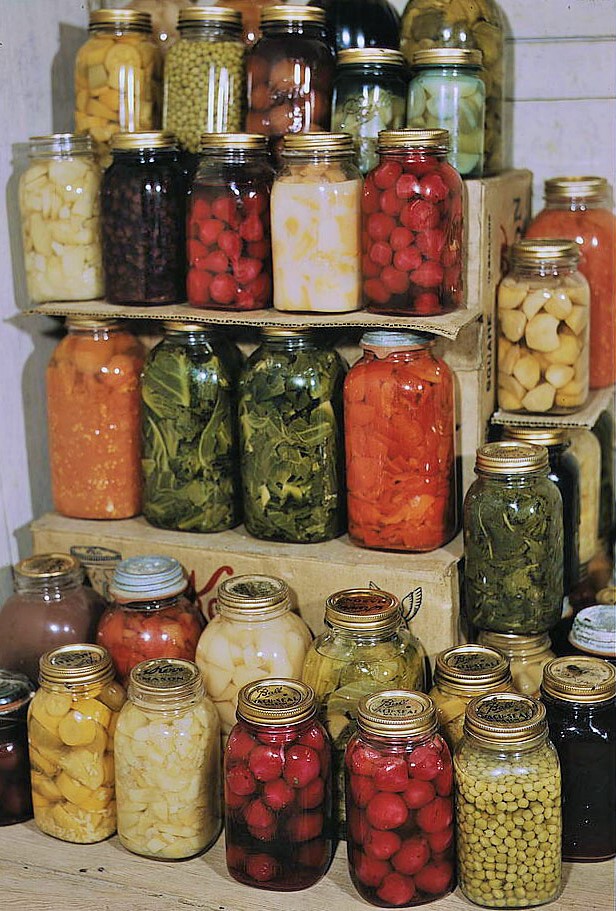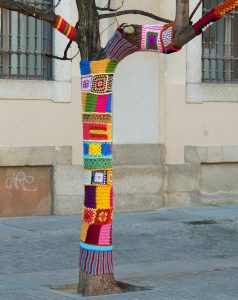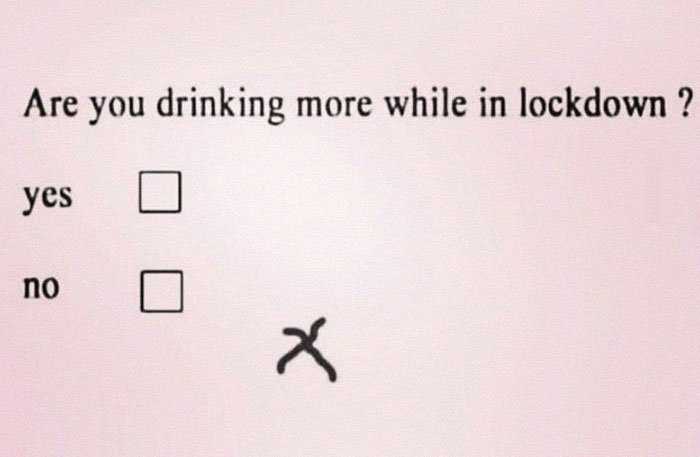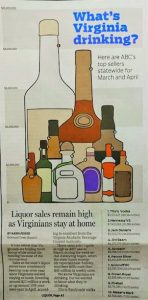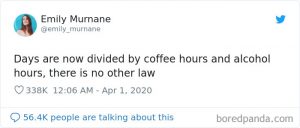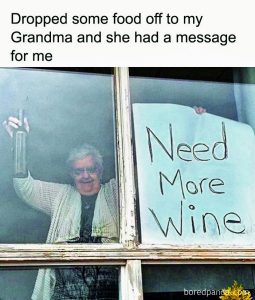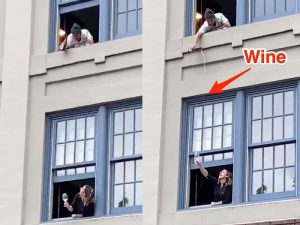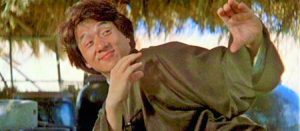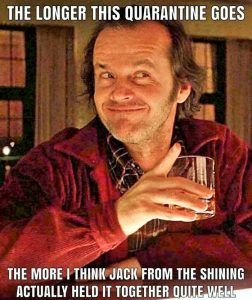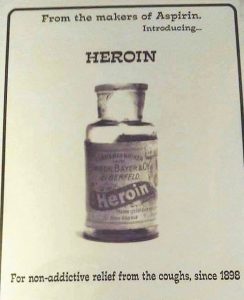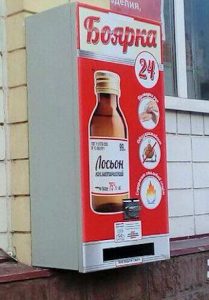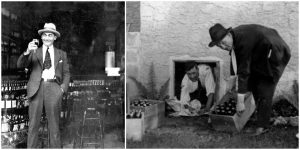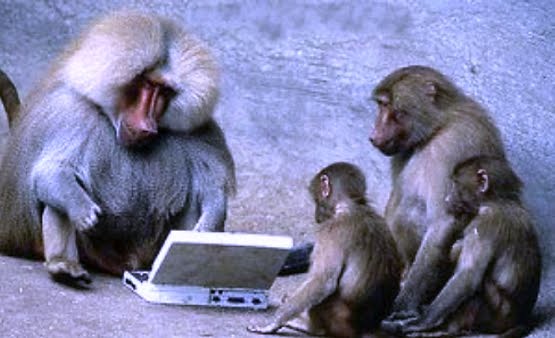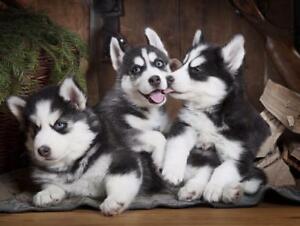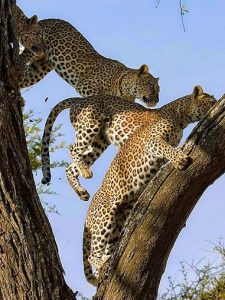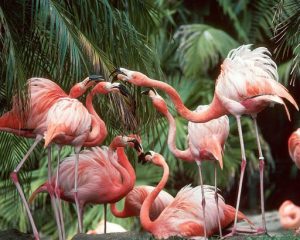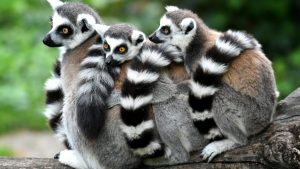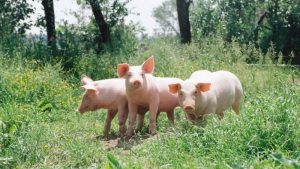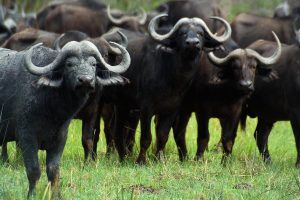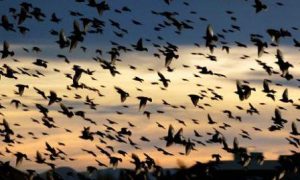
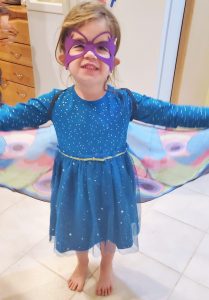
Because this is Women’s History Month, women will be the focus of all my March blogs. Unfortunately, COVID isn’t yet history—but it will be! And history may fail to note some of the lesser-known side-effects of the pandemic.
All of the examples of non-medical pandemic side effects are from women I actually know.
Newly Discovered (or Re-Discovered) Interests and Skills
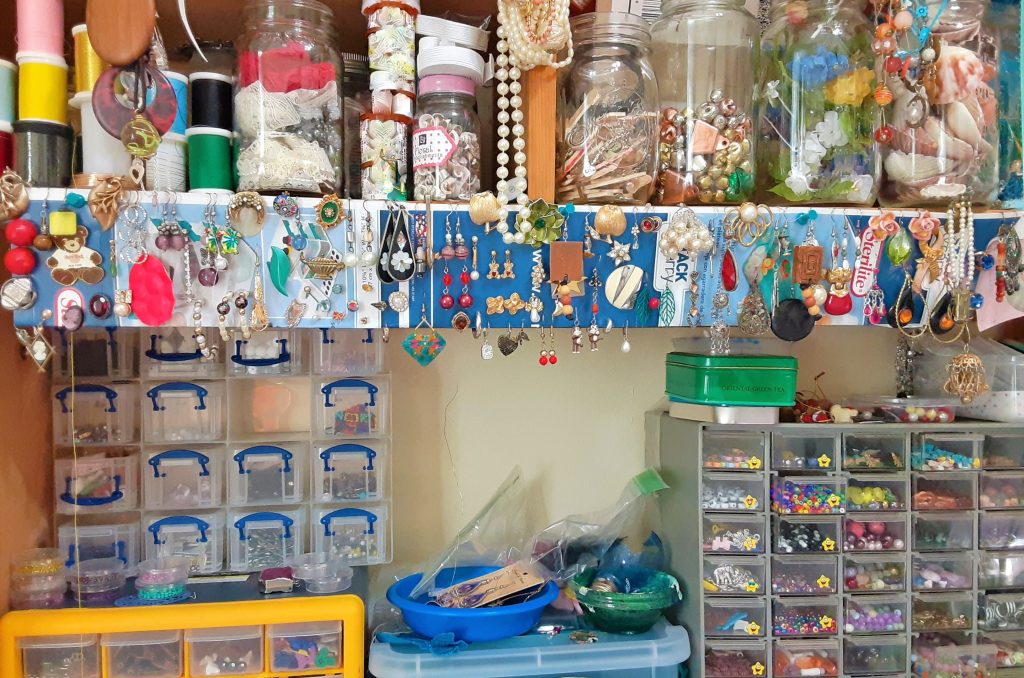
2 & 3) Sisters who have undertaken plant therapy, focusing on (obsessing about) caring for their houseplants.
- Why the Christmas cactus leaves are yellow and how to fix it.
- Why the leaf edges are crispy.
- The best placement for each plant in terms of light, heat, and moisture.
- Also buying new plants
- Western fern
- Aluminium
- Garden croton
- Ponytail palm
- Stag horn fern
- Aloe
- Air plants
- Jade…
- Plant containers and accessories, such as ceramic pots, macramé holders for hanging plants and geometric air plant holders.
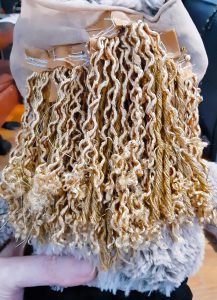
6) She found working from home in yoga pants to be so comfortable that she decided never to wear regular waistbands again.
7) She has started creating digital learning modules for elementary grades as a way to help students whose parents are not able to stay home and supervise their children’s online classes.
8) She’s taken up needlework and sewing.
9) She plays online games and crossword puzzles.
Certain Habits (Obsessions?) That Reassure Some Women That They Are “Still Okay”
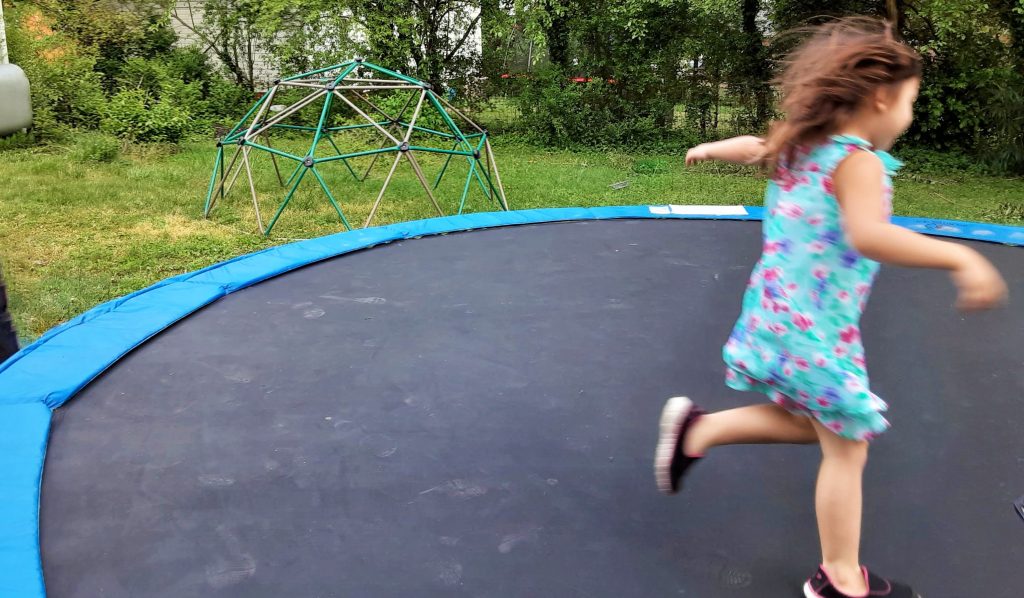
12) She makes a point of wearing a clean T-shirt every day.
13) She set herself a strict schedule and sticks to it, eating, working, cleaning, etc. at the same time every day.
14) She gets fully dressed every day, including a complete array of jewelry.
15) She bought 23 masks so she can coordinate them with her outfits.
16) Every day, she has a video chat with at least one friend or family member, and they talk about anything except work, the pandemic, and politics.
Side Effects of Being Home All Day, Every Day
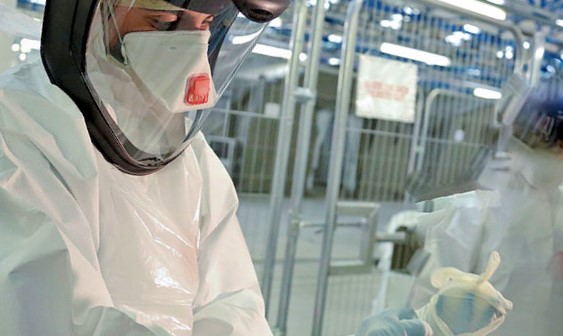
19) She spends extra time training her dog, going way beyond basic obedience. They can do dance routines together now.
20) She’s going through the house room by room and getting rid of things. In the kitchen, it’s old herbs, spices, and condiments plus everything past its “best by” date. In the bathroom, it’s old OTC products and half-used grooming supplies. She’s purging the bookshelves of 1/3 of the books. You get the idea.
23) She painted all the woodwork, refinished the stairs, replaced the drafty windows, and more home improvements are on the horizon.
24) She is having both bathrooms and the kitchen remodeled.
25) Pulling every single weed in the flowerbeds, deadheading every couple of days, pruning, etc.
26) Every time she cooks, she makes double and freezes half so the family won’t have to worry about grocery shopping or cooking in case someone in the family gets sick or has to quarantine.
Self-Soothing Behaviors (i.e., Doing Things to Reduce Anxiety) Can Get Out of Hand
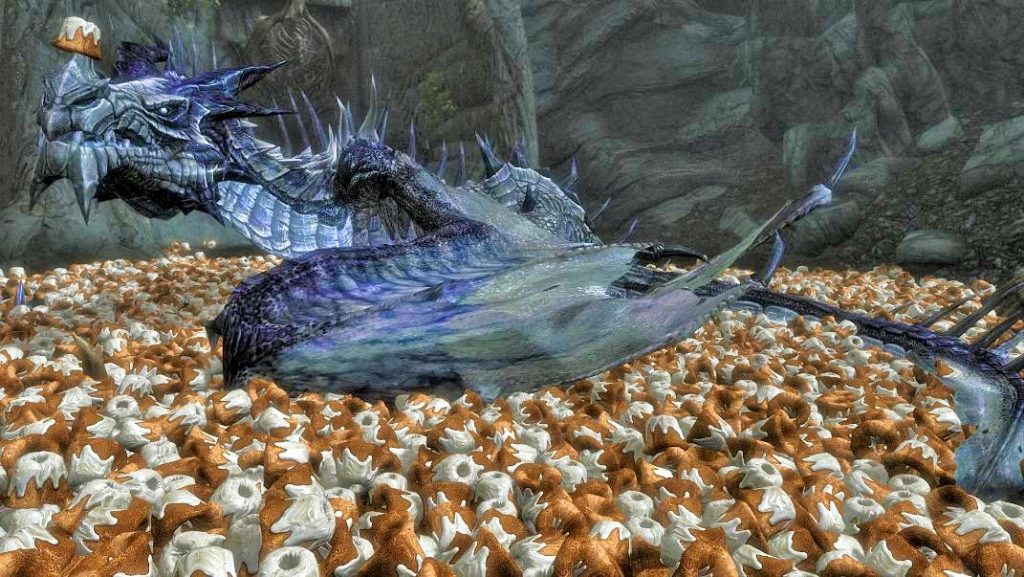
28) She makes soup, sometimes having five different kinds in the refrigerator at the same time.
29) She walks 3 miles around the neighborhood every morning.
30) Compulsive shopping on-line.
31) Baking elaborate (or simply large) chocolate desserts and eating the entire result by herself.
Harmful Coping
The media have made clear that smoking, drinking, drugs, and other bad habits are up during the pandemic. Fortunately, I don’t personally know anyone relying on these bad habits.
Bottom Line: changing behaviors because of COVID often lead to changes that seem totally unrelated.
